Ukraine has begun receiving a low-cost, domestically produced UAV, which is considered Kiev's "answer" to the Shahed series used by Russia.
Terminal Autonomy, a company specializing in manufacturing unmanned aerial vehicles (UAVs), last month posted a video of the Ukrainian military deploying the AQ-400 "Scythe" suicide UAV to attack Russian forces, showing that their UAV model has been handed over to Kiev.
According to Forbes military expert David Hambling, the Scythe could be a counterweight to the Shahed suicide UAV that Russia is using to attack Ukrainian infrastructure, as it is also cheap, highly effective, and easy to produce. "The Scythe is Ukraine's answer to the Shahed," Hambling said.
Ukraine deploys "Scythe" UAV to attack Russian forces in video posted on December 16. Video: Terminal Autonomy
Russia says it does not use Iranian-made Shahed UAVs but rather domestically produced Geran UAVs, but Ukraine and the West say Moscow has simply repainted Tehran's UAVs and renamed them. Iran also says it delivered a batch of Shahed-136 aircraft to Moscow before the outbreak of hostilities.
Terminal Autonomy said the "Scythe" UAV has a simple, compact design, with two pairs of wings at the front and rear, helping to increase the UAV's lift without having too large a wing span, which increases the radar reflection area and reduces the aircraft's maneuverability. This design also makes it easier to transport the UAV, a container can hold up to 30 fully assembled "Scythes" if stacked on top of each other.
The UAV’s body is made of plywood supplied by furniture factories, which makes it easier to mass produce than using 3D printing technology and fiberglass materials. Assembly also does not require a high level of expertise, so it does not take much time to train production personnel.
The "Scythe" UAV has a flight speed of 140-200 km/h, similar to the Shahed series, but only has a flight range of about 750-900 km compared to 2,500 km of the Iranian UAV. However, this UAV model is still capable of attacking some Russian territories and the Crimean peninsula controlled by this country.
The "Scythe" UAV is also capable of attacking from an altitude of 3,000 meters, and this is the attack method that the manufacturer recommends using.
"Missiles that can intercept objects at an altitude of 3,000 meters are usually more expensive than 'Scythe' UAVs, putting the opponent at an economic disadvantage," said Francisco Serra-Martins, co-founder of Terminal Autonomy.
In air-to-air attack mode, the Scythe uses a navigation system based on images of ground-based fixed points, so it is immune to radio interference, according to Serra-Martins.
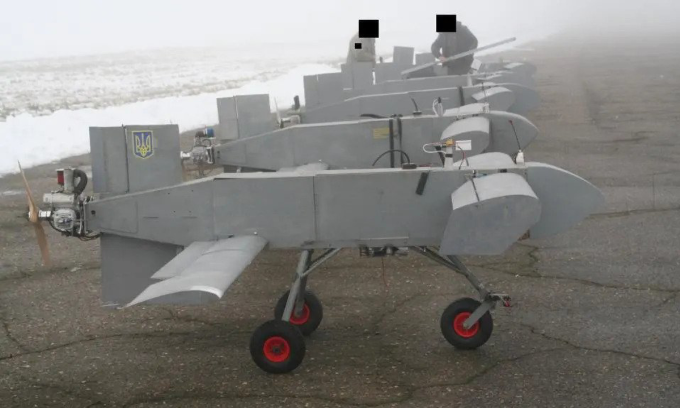
UAV "Scythe". Photo: Terminal Autonomy
This UAV can also be converted into a first-person view (FPV) model by adding a camera, allowing it to attack moving targets more accurately if controlled by a skilled person. The downside is that this will limit the UAV's flight range and increase production costs.
The Scythe can take off from runways or roads, or be launched by rockets from unmanned sites or from ships, similar to the Shahed. Like the Iranian UAVs, the Scythe is most effective when used in a “swarm” attack, moving in large numbers in formation to overload enemy air defenses.
The Scythe UAV costs around $15,000 for just the airframe and increases to $30,000 if equipped with additional features such as guidance equipment, approximately the same as the Shahed series, which is estimated to cost around $20,000-50,000. According to Serra-Martins, the cost of deploying the Scythe in a "swarm" attack can be reduced by deploying a 1-9 formation, in which only the lead UAV is equipped with a guidance system, while the following UAVs are not.
"This tactic can still overload the enemy's defense system, but it is less costly," said Terminal Autonomy co-founder.
The company said it currently produces about 50 Scythes a month, with plans to increase that to 500 by the second quarter of 2024. "Our goal is to produce 1,000 a month, but it's very difficult to do that in just one quarter," Serra-Martins said.
Pham Giang (According to Forbes, Reuters )
Source link


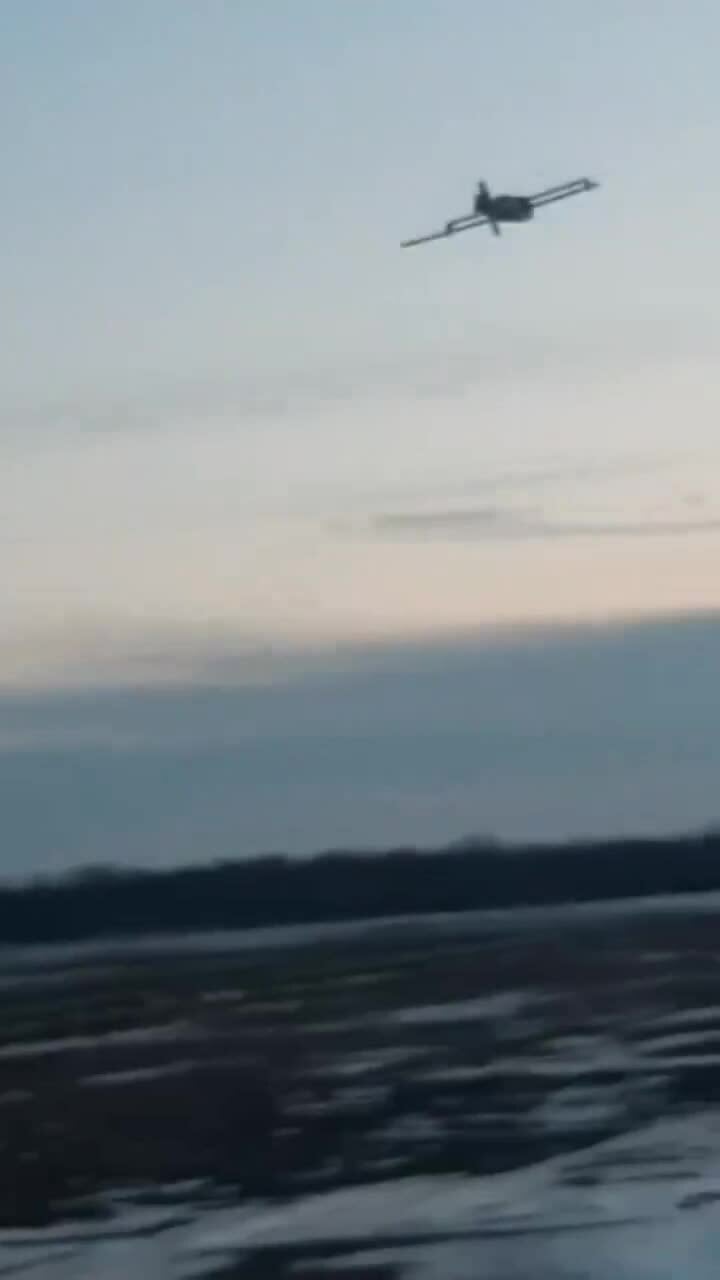
![[Photo] Looking back at the impressive moments of the Vietnamese rescue team in Myanmar](https://vstatic.vietnam.vn/vietnam/resource/IMAGE/2025/4/11/5623ca902a934e19b604c718265249d0)


![[Photo] "Beauties" participate in the parade rehearsal at Bien Hoa airport](https://vstatic.vietnam.vn/vietnam/resource/IMAGE/2025/4/11/155502af3384431e918de0e2e585d13a)


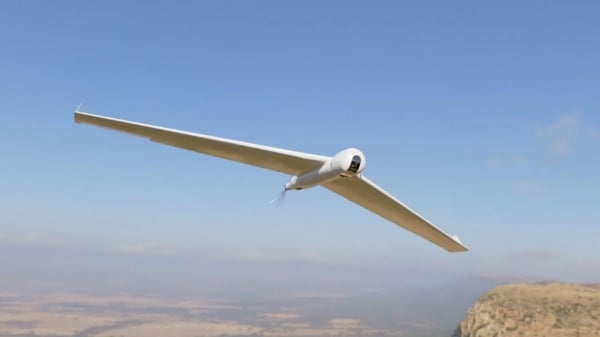

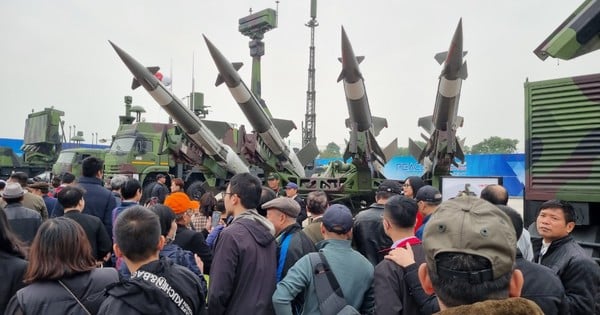

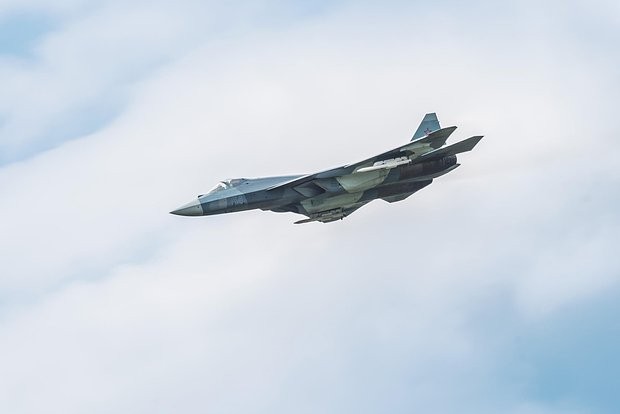


















![[Photo] Summary of parade practice in preparation for the April 30th celebration](https://vstatic.vietnam.vn/vietnam/resource/IMAGE/2025/4/11/78cfee0f2cc045b387ff1a4362b5950f)




























































Comment (0)